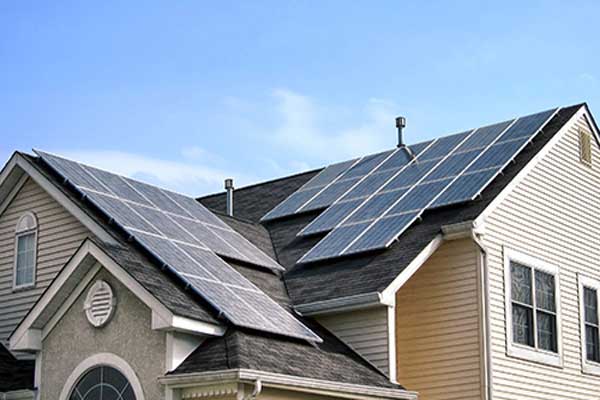NEW YORK, NY – Solar panels provide pollution-free energy that delivers far-reaching benefits to the environment and the electric grid, said a new report released by Environment New York Research & Policy Center. The report outlines how solar panels on homes, schools and businesses often provide more benefits than they receive through programs like net metering from utilities.
“Solar power’s rewards are far greater than its costs,” said Heather Leibowitz, Director of Environment New York. “We should be encouraging even more solar energy, to reduce pollution and lower energy costs.”
The Environment New York Research & Policy Center report, Shining Rewards: The Value of Rooftop Solar Power for Consumers and Society (2016 edition), comes as New York recently launched a $5 million clean energy competition to spur additional renewable energy projects in several of the state’s largest cities. This new initiative will help New York meet its ambitious goal of getting 50 percent of its electricity from renewable sources by 2030.
Solar energy on rooftops can help communities to avoid greenhouse gas emissions, reduce air pollution harmful to public health and create local jobs, the report shows. Net metering programs credit solar panel owners when they generate more power than they use, providing electricity for other customers. Utilities then credit solar panel owners a fixed rate – often the retail price of electricity – for providing excess power to the grid, similar to rollover minutes on a cell phone plan.
The arrangements have helped solar energy skyrocket, but in recent years utilities have increasingly attacked them as unjustified “subsidies”.
Today’s report tells a different story. An examination of studies from around the country shows that the dollar and cents value of solar is often higher than the credit utilities provide to customers.
“When value exceeds costs, everyone benefits through lower rates,” said Karl R. Rábago, Pace Energy and Climate Center executive director and national expert in value of solar studies. “Utilities should start working with customers and regulators to make more solar and more savings happen.”
Of the 16 studies reviewed, 12 found that the value of solar energy was higher than the average local residential retail electricity rate. The median value of solar power across all 16 studies was around 16 cents per unit, compared to the nation’s average retail electricity rate of about 13 cents per unit.
In other words: utilities were likely underpaying solar panel owners, not subsidizing them.
“Rooftop solar users are givers, not takers, when it comes to the value they provide to society and the electric system,” said Leibowitz. “In many cases it appears that solar programs are a bargain for utilities, not a burden.”
All 16 studies found that solar panel users offered the electric system net benefits.
“There’s so much to gain by going big on solar,” said Leibowitz. “Let’s make sure we take full advantage of all the benefits by allowing solar energy to continue to grow here in New York and across the country.”
About Environment New York
Environment New York is a statewide, citizen-funded environmental advocacy group, working to protect the places we love, advance the environmental values we share, and win real results for the environment.












Comments